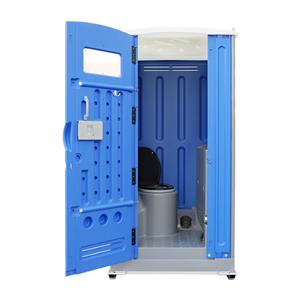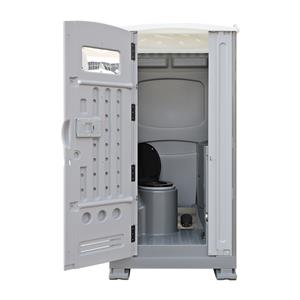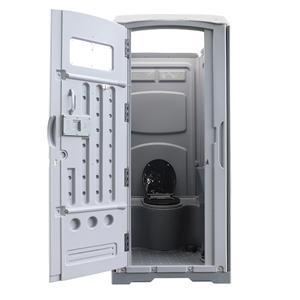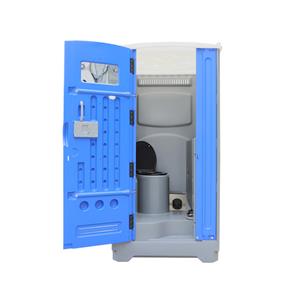Portable Flush Toilet: Whether it's a single Portable Flush Toilet at a campsite, a row of standard portable toilet units at a festival, or heavy-duty Steel Skid Portaloo models on a Houston construction site, providing temporary sanitation requires diligent upkeep. While convenient, these facilities demand regular attention to remain hygienic, odor-free, and fully functional. This guide outlines the essential steps and considerations for maintaining all types of portable wc toilet units, with specific details pertinent to flushing models, ensuring they meet user expectations and regulatory standards. Proper maintenance isn't just about cleaning; it's about ensuring safety, compliance, and preserving the asset.
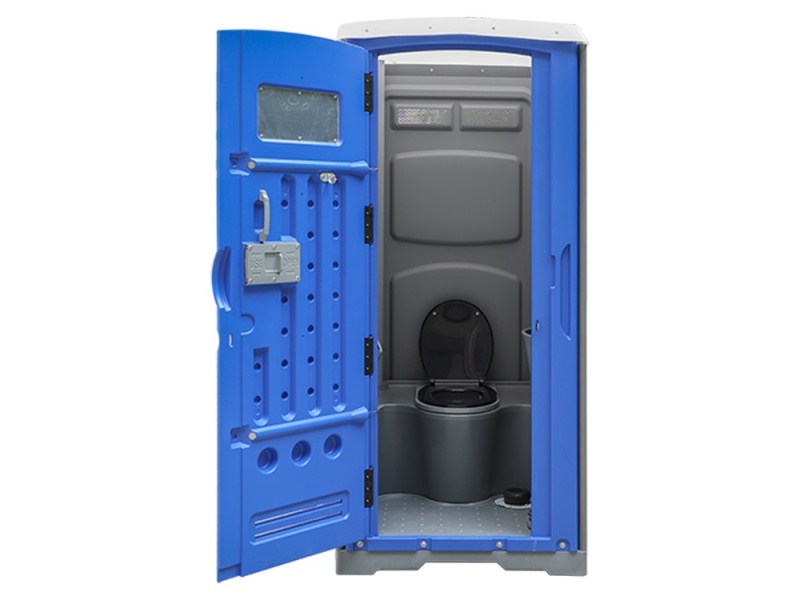
Portable Flush Toilet: Why Prioritize Portable Flush Toilet Maintenance?
Argument: Consistent maintenance is non-negotiable for several key reasons, regardless of the specific unit type:
Hygiene & Public Health: Reduces the transmission risk of bacteria and viruses, creating a safer environment for users. Essential for preventing outbreaks, especially in high-traffic areas.
User Experience & Satisfaction: Clean, well-stocked, and odor-free facilities significantly impact user perception, crucial for event success or employee morale.
Asset Longevity & Durability: Regular cleaning and checks prevent minor issues (like leaks or damaged parts) from escalating, extending the lifespan of the units and saving costs.
Regulatory Compliance: Many areas, including Texas job sites, have specific health and safety regulations regarding portable sanitation (e.g., OSHA standards). Proper maintenance ensures compliance and avoids penalties. [External link placeholder: Link to OSHA sanitation standards or local Texas health regulations].
The Daily Maintenance Checklist: Foundation of Cleanliness
Argument: Frequent checks are the backbone of effective portable toilet care. A daily routine should include:
Restocking Supplies: Ensure ample toilet paper, hand sanitizer (if applicable), and soap (for units with sinks) are available. Running out is a primary source of user dissatisfaction.
Waste Level Monitoring: Regularly check the holding tank level. Schedule pumping before it reaches capacity to prevent overflows and manage odors effectively. This is critical for all units with holding tanks, including Portable Flush Toilet and Steel Skid Portaloo models.
Surface Cleaning & Disinfection: Wipe down high-touch surfaces (door handles, toilet seats, flush handles/buttons, handrails) with appropriate disinfectant.
Odor Control Check: Ensure deodorizing agents in the tank (especially for Portable Flush Toilet units) are effective. Add more if needed according to manufacturer recommendations.
Visual Inspection: Quickly scan for any damage (cracks, broken latches, graffiti), leaks, or other issues needing repair.
Deep Cleaning and Pumping: Periodic Essentials
Argument: While daily tidying helps, periodic deep cleaning and waste removal are vital.
Pumping Frequency: The schedule depends heavily on usage. A portable toilet at a low-traffic site might need pumping every 1-2 weeks, while units at a major festival or busy construction site may require daily or multiple services per day. Always completely empty the holding tank.
Thorough Cleaning: After pumping, thoroughly scrub all interior surfaces (walls, floor, seat, urinal, tank interior) with disinfectant. Pressure washing can be effective.
Replenishing Chemicals: After cleaning, recharge the holding tank with the correct amount and type of deodorizing and waste-breakdown chemicals, especially crucial for Portable Flush Toilet models.

Specific Focus: Maintaining Flushing Mechanisms
Argument: For Portable Flush Toilet and Mobile Flushing Toilet units, the flushing system itself requires attention. Regularly check that the pump (manual or electric) operates smoothly, that sufficient freshwater is available in the tank, and that the waste valve seals properly after flushing to prevent leaks and odor escape.
Portable Flush Toilet: Adapting Maintenance for Seasonal Conditions
Argument: Weather impacts maintenance needs:
Summer (Heat): Odors intensify more quickly. Increase deodorizer use and ensure ventilation is adequate. Monitor waste levels closely as usage at outdoor events may increase. Consider shade placement if possible.
Winter (Cold): Freezing is the main concern, especially for flushing units. Use appropriate non-toxic antifreeze solutions in both the flush water tank and the holding tank to prevent freezing and potential damage. Ensure service trucks are equipped for cold-weather pumping. For Mobile Flushing Toilet trailers, internal heaters might be necessary.
Responsible Waste Disposal: A Critical Compliance Point
Argument: Waste collected from any portable wc toilet must be disposed of correctly and legally. It should only be transported by licensed haulers and discharged at approved wastewater treatment facilities. Improper dumping carries heavy fines and poses serious environmental and public health risks. Always adhere to local, state, and federal (EPA) regulations. [External link placeholder: Link to EPA regulations on wastewater disposal or Texas Commission on Environmental Quality (TCEQ) rules].
Portable Flush Toilet: Maintenance Needs for Different Unit Types
Argument: While core principles apply broadly, specific unit types have nuances:
Steel Skid Portaloo: Focus on structural integrity, ensuring the skid base is sound, and the unit is stable. Cleaning might involve removing tough grime from construction environments.
Mobile Flushing Toilet Trailers: Require checks beyond basic sanitation, potentially including water supply connections/pumps, internal lighting, HVAC systems (if equipped), and ensuring trailer stability and accessibility.
Portable Flush Toilet: Avoiding Common Maintenance Mistakes
Argument: Steer clear of these frequent errors:
Inconsistent Checks: Skipping daily routines allows problems to worsen unnoticed.
Incorrect Chemical Use: Using the wrong type or amount of deodorizer/treatment chemical is ineffective and can sometimes damage components. Always follow product labels.
Delayed Pumping: Leads to overflows, extreme odors, and unusable facilities. Stick to a usage-based schedule.
Ignoring Minor Damage: Small cracks or broken parts can lead to bigger problems if not addressed promptly.
Portable Flush Toilet: Consulting Portable Toilets Manufacturers and Service Providers
Argument: Reputable portable toilets manufacturers provide specific operating and maintenance guidelines for their products. Likewise, professional portable sanitation service providers have expertise in best practices for cleaning, pumping, and waste disposal. Leveraging their knowledge is key to effective maintenance programs.
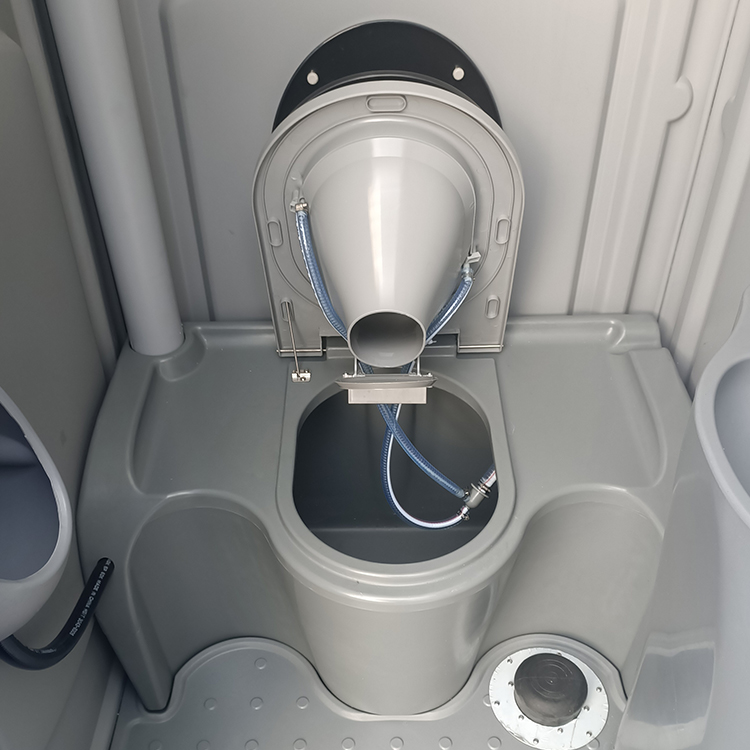
Conclusion & Summary
Effective maintenance is the cornerstone of providing safe, clean, and functional portable toilet facilities. Whether dealing with a single Portable Flush Toilet, a fleet of standard units, durable Steel Skid Portaloo models, or complex Mobile Flushing Toilet trailers, a consistent program encompassing daily checks, regular deep cleaning and pumping, appropriate chemical use, seasonal adjustments, and compliant waste disposal is essential. By understanding the specific needs of different portable wc toilet types and avoiding common pitfalls, providers can ensure a positive user experience, comply with regulations, and maximize the lifespan of their equipment. Partnering with experienced service providers and heeding guidance from portable toilets manufacturers further strengthens any maintenance strategy.




